Table of Contents
In this blog post, you will learn the names of different birds in English along with their types. Birds come in various shapes, sizes, and habitats, from small songbirds to large birds of prey. Understanding these names will help you describe them better and improve your vocabulary. Whether you are a student, bird enthusiast, or language learner, this vocabulary will be useful in daily conversations.
Common Types of Birds
Songbirds
These birds are known for their melodic songs and include species like sparrows, robins, and canaries. They are small to medium-sized and commonly found in gardens and forests.
Birds of Prey
Also called raptors, these birds, like eagles, hawks, and owls, are hunters with sharp talons and beaks. They have excellent eyesight for spotting prey.
Waterfowl
Ducks, geese, and swans belong to this group. They are usually found near water, have webbed feet, and are excellent swimmers.
Flightless Birds
These birds, such as ostriches, emus, and penguins, cannot fly. They have strong legs for running or adapted bodies for swimming.
Game Birds
Birds like pheasants, quails, and turkeys are called game birds. They are often ground-dwellers and are known for their tasty meat.
Wading Birds
Flamingos, herons, and storks are examples of wading birds. They have long legs and necks for wading in shallow water to find food.
Seabirds
These birds, like seagulls, puffins, and albatrosses, live near oceans and are skilled at diving or gliding over water.
Parrots
Known for their bright colors and ability to mimic sounds, parrots, including macaws and cockatoos, are intelligent and social birds.
Pigeons and Doves
These birds are widely distributed and symbolize peace. Pigeons are common in cities, while doves are often associated with rural areas.
Hummingbirds
Tiny and fast, these birds can hover in mid-air while feeding on nectar. They are known for their iridescent feathers and rapid wingbeats.
Woodpeckers
These birds have strong beaks for pecking into tree bark to find insects. They are easily recognized by their drumming sounds.
Penguins
Penguins are flightless seabirds that live in cold regions. They are excellent swimmers with bodies adapted for life in water.
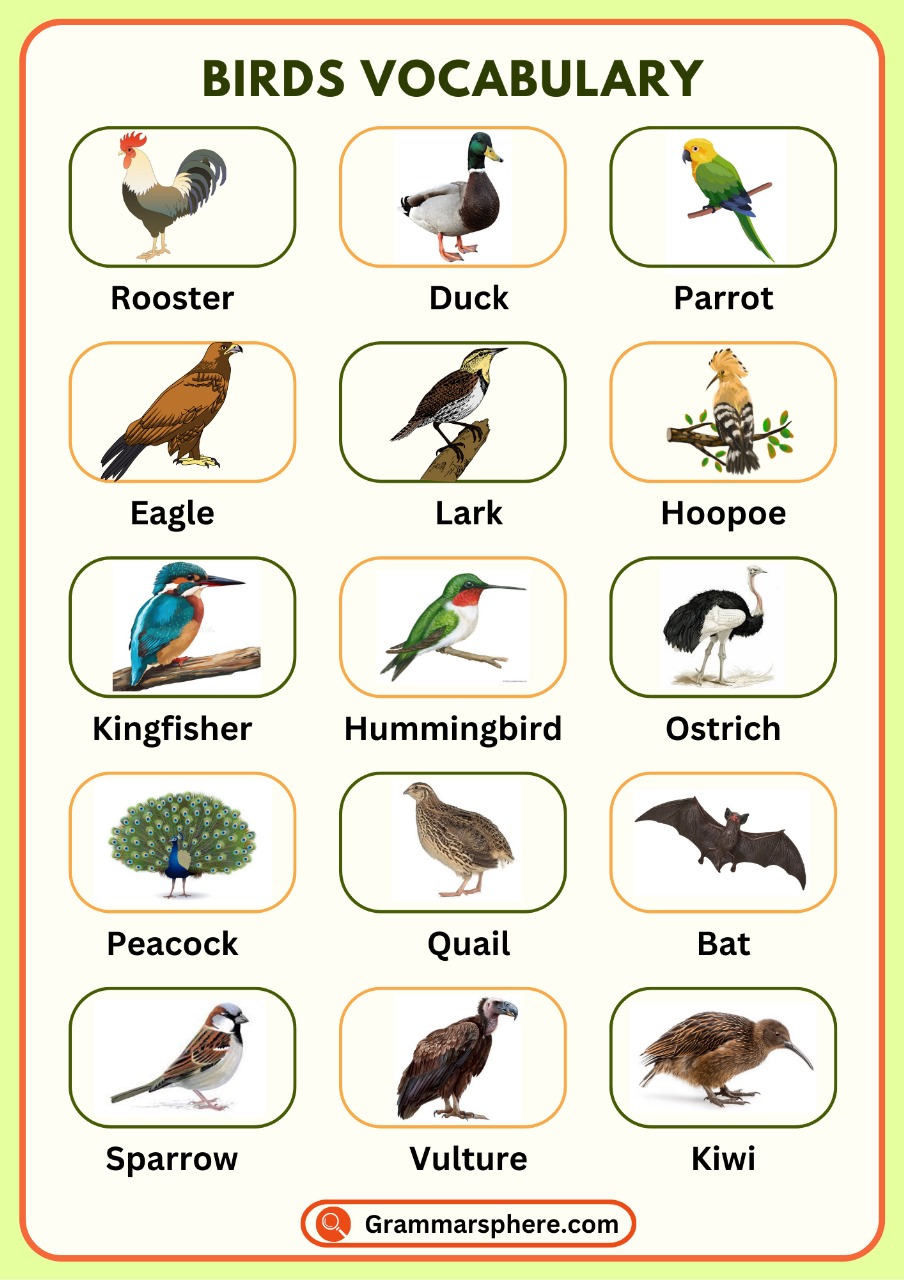
List of Birds Found Around Us
Birds Around Us
- Pigeons
- Sparrows
- Crows
- Doves
- Robins
- Swallows
- Starlings
- Mynas
- Blue Jays
- House Wrens
- Blackbirds
- Seagulls
Birds in Forests
- Woodpeckers
- Eagles
- Hawks
- Owls
- Parrots
- Toucans
- Peacocks
- Kingfishers
- Hummingbirds
- Hornbills
- Nightingales
- Falcons
- Herons
- Cuckoos
- Orioles
- Warblers
Pet Birds
- Parakeets
- Cockatiels
- Budgerigars (Budgies)
- Lovebirds
- Canaries
- Finches
- African Grey Parrots
- Macaws
- Cockatoos
- Lorikeets
- Water and Wetland Birds
- Ducks
- Swans
- Geese
- Flamingos
- Pelicans
- Cranes
- Egrets
- Storks
- Kingfishers
- Birds Found in Farms or Villages
- Chickens
- Turkeys
- Pheasants
- Quails
- Guinea Fowls
List of Birds in English
| Eagle | Swan | Robin | Dodo |
|---|---|---|---|
| Peacock | Magpie | Pheasant | Greater Racket |
| Owl | Falcon | Crane | Thrush |
| Blue Jay | Pelican | Hummingbird | Gadwall |
| Nightingale | Pigeon | Parakeet | Oilbird |
| Turkey | Parrot | Cassowary | Avocet |
| Kite | Duck | Kingfisher | Skylark |
| Northern Cardinal | Spoonbill | Goldfinch | Gannet |
| Swallow | Vulture | Teal | Bush Warbler |
| Roadrunner | Kiwi | Cuckoo | Weaverbird |
| Hoatzin | Conure | Northern Pintail | Arctic Tern |
| Catbird | Guinea Fowl | Bee-eater | Moa |
| Tailorbird | Lovebird | Starling | Azure Dollar |
| Cockatiel | Myna | Stork | Mallard |
| Emu | Sandpiper | Wren | Purple Dollar |
| Heron | Dove | Albatross | Common Swift |
| Skylark | Coot | Budgerigar | Northern Shoveler |
Birds Names in English with Description
| Bird Name | Description |
|---|---|
| Eagle | A powerful bird of prey known for its sharp vision and strong claws. |
| Swan | A large, graceful bird that glides on water with a long neck. |
| Robin | A small bird with a red breast, often seen in gardens. |
| Dodo | An extinct, flightless bird once found on Mauritius. |
| Peacock | A bird with colorful feathers and a fan-shaped tail. |
| Magpie | A black and white bird known for its intelligence and chattering sound. |
| Pheasant | A bird with a long tail, often hunted for sport. |
| Greater Racket | A bird with unique tail feathers found in forests. |
| Owl | A nocturnal bird with big eyes, known for its hooting sound. |
| Falcon | A fast-flying bird of prey with pointed wings. |
| Crane | A tall bird often found near water, with long legs and a slender neck. |
| Thrush | A songbird known for its beautiful melodies. |
| Blue Jay | A bright blue bird often seen in wooded areas. |
| Pelican | A water bird with a large pouch for catching fish. |
| Hummingbird | A tiny bird that hovers in the air while drinking nectar. |
| Gadwall | A type of duck commonly seen in wetlands. |
| Nightingale | A small bird famous for its sweet singing at night. |
| Pigeon | A common bird found in cities and towns. |
| Parakeet | A small, colorful parrot often kept as a pet. |
| Oilbird | A nocturnal bird that feeds on fruits and uses echolocation. |
| Turkey | A large bird often raised on farms, famous for Thanksgiving dinners. |
| Parrot | A bright, talkative bird with a curved beak. |
| Cassowary | A large, flightless bird found in rainforests. |
| Avocet | A wading bird with a long, curved beak. |
| Kite | A bird of prey known for soaring high in the sky. |
| Duck | A water bird with a flat beak and webbed feet. |
| Kingfisher | A small bird that dives into water to catch fish. |
| Skylark | A bird that sings while flying high in the sky. |
| Gannet | A seabird that dives into the ocean to catch fish. |
| Northern Cardinal | A bright red songbird commonly found in gardens. |
| Spoonbill | A wading bird with a flat, spoon-shaped beak. |
| Goldfinch | A small bird with bright yellow feathers. |
| Swallow | A fast-flying bird with a forked tail, often seen near water. |
| Vulture | A scavenger bird that feeds on dead animals. |
| Teal | A small duck with colorful plumage. |
| Bush Warbler | A small bird with a beautiful call, found in bushes and shrubs. |
| Roadrunner | A fast-running bird found in deserts. |
| Kiwi | A flightless bird native to New Zealand. |
| Cuckoo | A bird that lays eggs in other birds’ nests. |
| Weaverbird | A small bird that makes intricate nests. |
| Hoatzin | A tropical bird with a spiky crest, found in South America. |
| Conure | A small, colorful parrot kept as a pet. |
| Northern Pintail | A sleek duck with a long, pointed tail. |
| Arctic Tern | A seabird known for its long migrations. |
| Catbird | A songbird that mimics the sounds of other birds. |
| Guinea Fowl | A farm bird with spotted feathers. |
| Bee-eater | A brightly colored bird that eats bees and insects. |
| Moa | An extinct, large, flightless bird from New Zealand. |
| Tailorbird | A tiny bird that stitches leaves together to make a nest. |
| Lovebird | A small, affectionate parrot, often kept as a pet. |
| Starling | A shiny, black bird often found in large flocks. |
| Azure Dollar | A rare bird with stunning blue feathers. |
| Cockatiel | A small parrot with a crest, popular as a pet. |
| Myna | A talkative bird often found near human habitation. |
| Stork | A tall bird often associated with delivering babies in folklore. |
| Mallard | A common duck with a green head and white ring around its neck. |
| Emu | A large, flightless bird native to Australia. |
| Sandpiper | A wading bird commonly found along shores. |
| Wren | A tiny bird with a loud and cheerful song. |
| Heron | A large bird often found near water, with long legs and a sharp beak. |
| Dove | A symbol of peace, known for its soft cooing sound. |
| Albatross | A large seabird that spends most of its life flying over oceans. |
| Common Swift | A fast-flying bird that spends most of its time in the air. |
Birds Habitats Names
Forests
Forests are rich in bird diversity, with species like parrots, woodpeckers, and owls thriving in tropical, temperate, and boreal regions. Dense vegetation provides shelter and food.
Wetlands
Marshes, swamps, and estuaries host water-loving birds like herons, ducks, and flamingos, which rely on aquatic plants and prey.
Grasslands
Open grasslands support species like meadowlarks, cranes, and raptors, adapted to foraging and hunting in wide, open spaces.
Deserts
Arid deserts are home to birds like roadrunners and sandgrouse, which survive extreme temperatures and scarce water.
Coastal Areas
Shorelines and seas attract seabirds like gulls, albatrosses, and plovers, which feed on marine life and nest along coasts.
Urban Areas
Cities provide habitats for adaptable species like pigeons, sparrows, and crows, using buildings and parks for food and shelter.
Physical Features of Birds
Birds have several unique physical characteristics that distinguish them from other animals.
Beaks/Bills:
Birds possess beaks or bills, which vary widely in shape and size depending on their diet. For example, carnivorous birds have sharp beaks for tearing flesh, while filter-feeding species have flat, broad bills.
Feathers:
Feathers are a defining feature of birds, serving purposes such as insulation, camouflage, flight, and display during mating rituals.
Wings:
Most birds have wings, which are adapted for flight. Their structure and shape can vary, with some designed for soaring (like those of eagles) and others for rapid flapping (like those of hummingbirds).
Hollow Bones:
Birds have lightweight, hollow bones that reduce their overall weight, aiding in flight efficiency.
Keen Vision:
Birds generally have excellent eyesight, with some species, like hawks and eagles, capable of spotting prey from great distances.
Endothermy:
Birds are warm-blooded, maintaining a constant internal body temperature regardless of external conditions.
Feet and Claws:
Adaptations in their feet help birds navigate their environments, such as webbed feet for swimming or talons for catching prey.
Tail:
A bird’s tail aids in balance, steering during flight, and can also play a role in mating displays.
Respiratory System:
Birds have a highly efficient respiratory system with air sacs that provide a continuous flow of oxygen, vital for high-energy activities like flying.
Egg-laying:
All birds lay eggs with hard shells, providing protection and a controlled environment for the developing embryo.
FAQS about Birds Vocabulary
What are birds words?
Birds words are terms and phrases inspired by the names, behaviors, or characteristics of birds. These words often describe birds themselves or use bird-related metaphors, such as “eagle-eyed” for keen vision or “nest” to signify a cozy or secure place.
What are the parts of a bird vocabulary?
Key parts of a bird include the beak, feathers, wings, tail, claws, crest, eyes, legs, head, and throat.
Do birds have a vocabulary?
Yes, birds have a unique form of vocabulary. They use specific calls, songs, and sounds to communicate important messages like warnings, attracting mates, signaling food availability, or marking their territory. While their vocabulary differs from human language, it is a highly effective way for them to interact.
What are bird sounds?
Bird sounds are the vocalizations and noises made by birds to communicate. These sounds include songs, calls, and other unique noises used for mating, signaling danger, marking territory, or interacting with their flock.

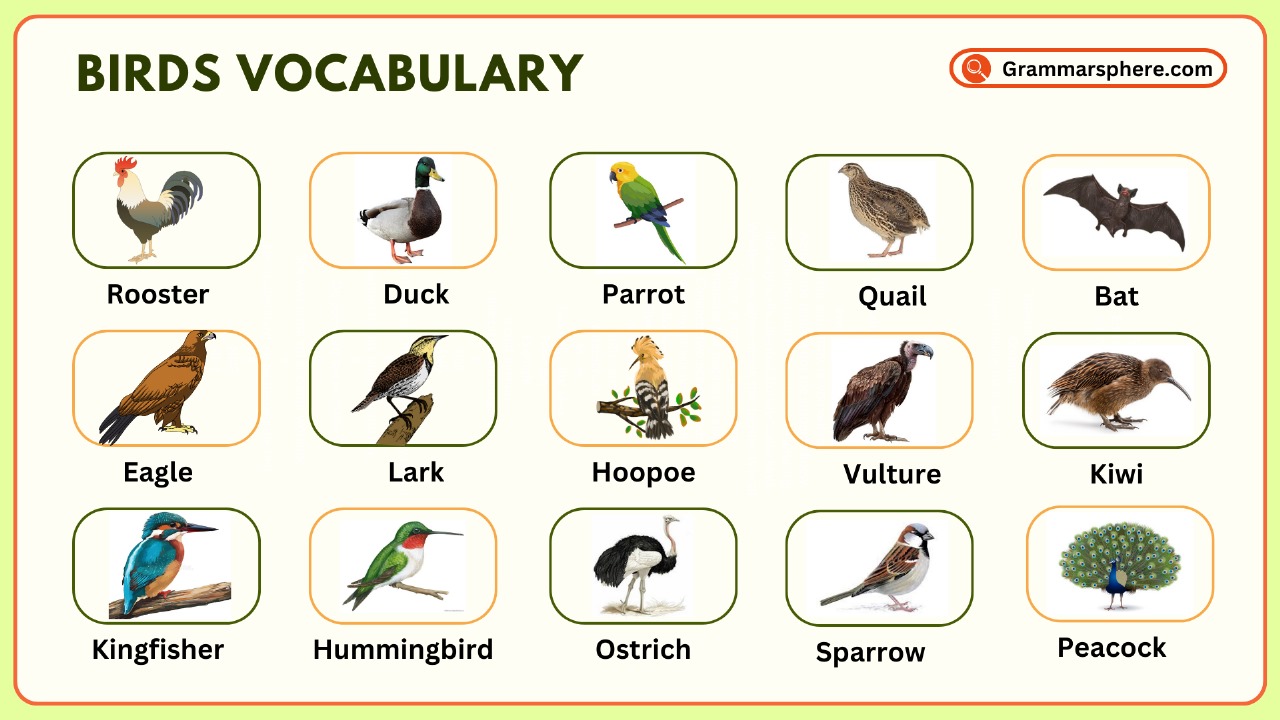
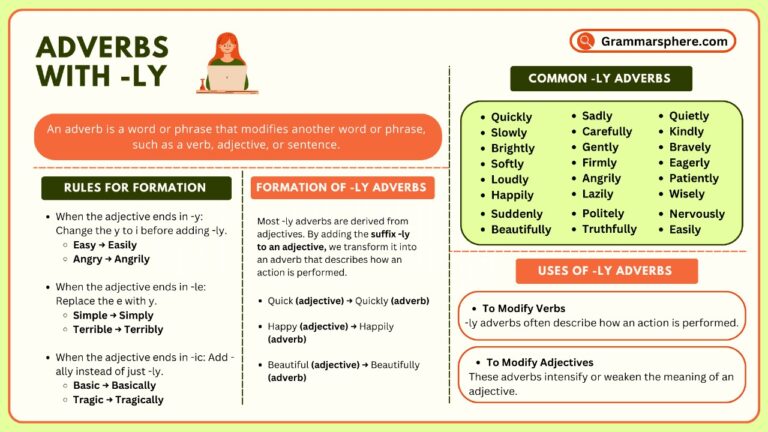
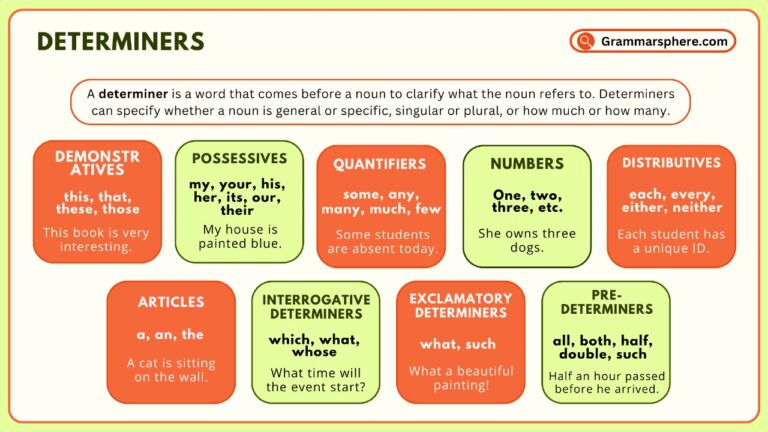
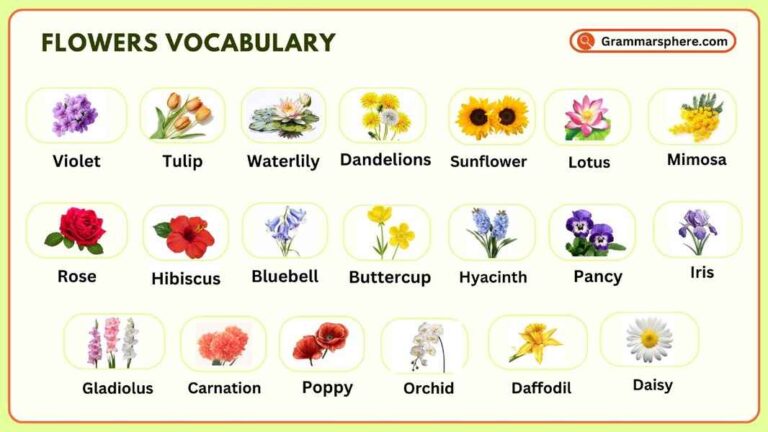
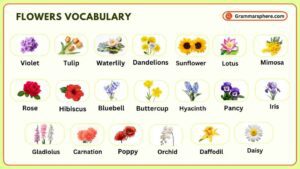
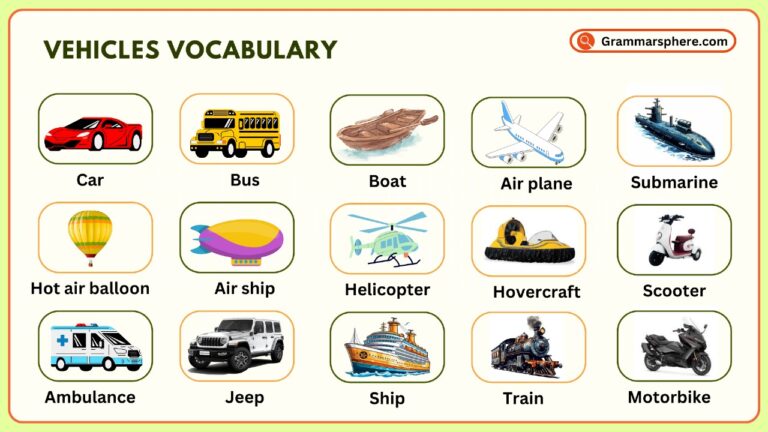
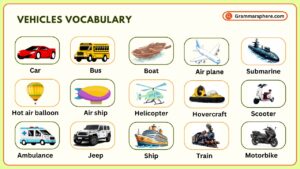
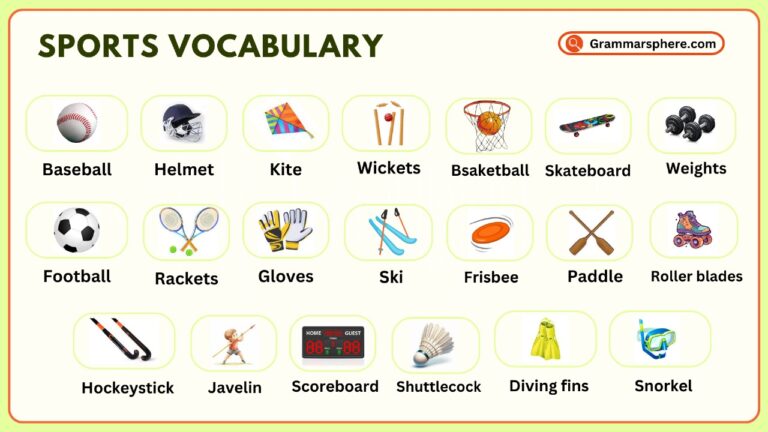
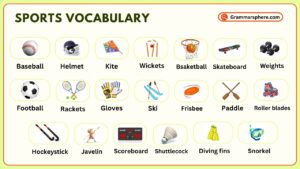
Leave a Comment